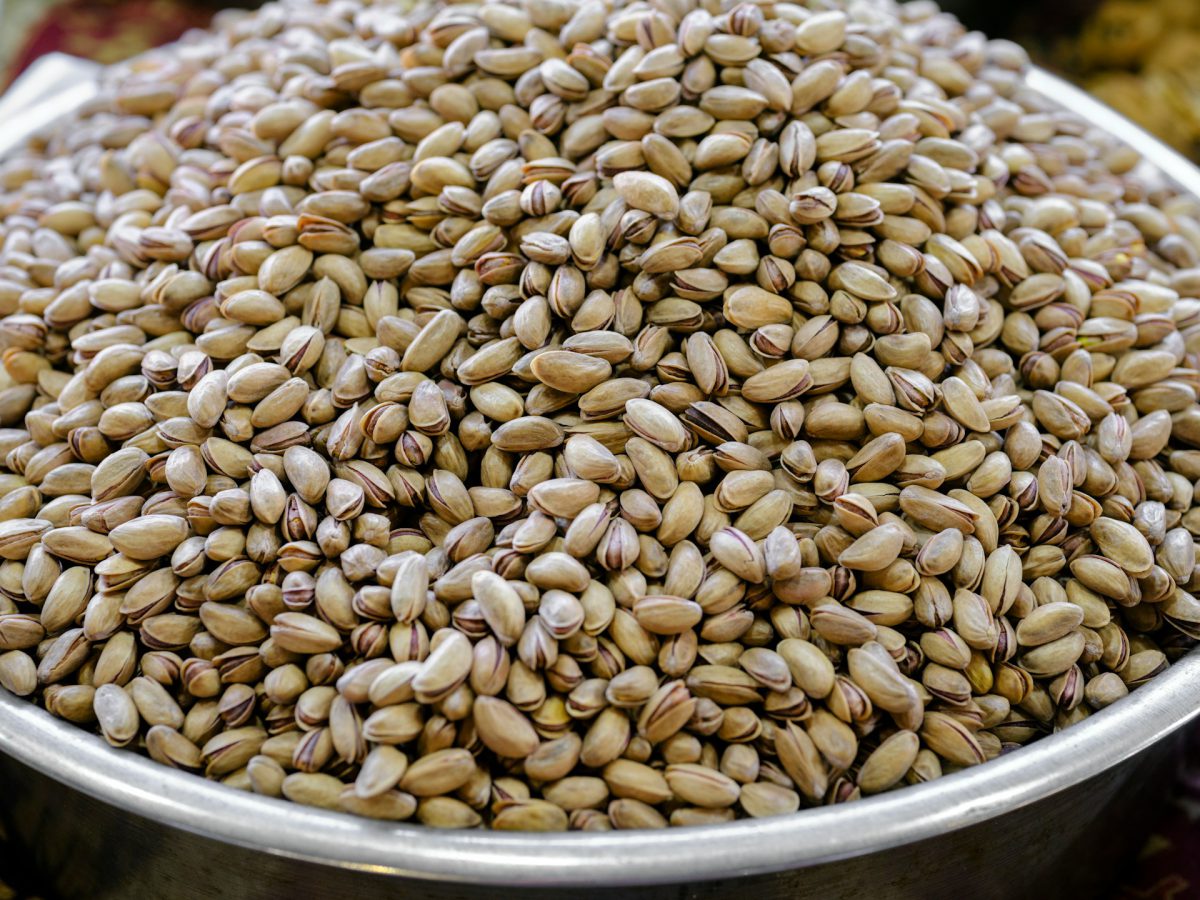Table of Contents
Persian pistachios, grown in the expansive fields of Iran, are celebrated for their unparalleled flavor and exceptional quality. The unique combination of Iran’s hot and arid climate creates the perfect environment for these trees to thrive, resulting in nuts that stand out on the global stage. This rich heritage not only enhances the taste but also contributes to the nuts’ vibrant green color and distinctive crunch, making them a sought-after delicacy worldwide.
Iran’s dedication to the cultivation of pistachios has led to remarkable advancements in agricultural practices, from sowing to harvesting. This commitment ensures that each crop is nurtured to perfection, allowing Iran to maintain its position as a leader in the pistachio market. With a blend of tradition and innovation, the country continues to produce some of the finest pistachios, delighting taste buds and satisfying appetites around the globe.
History of Persian Pistachio
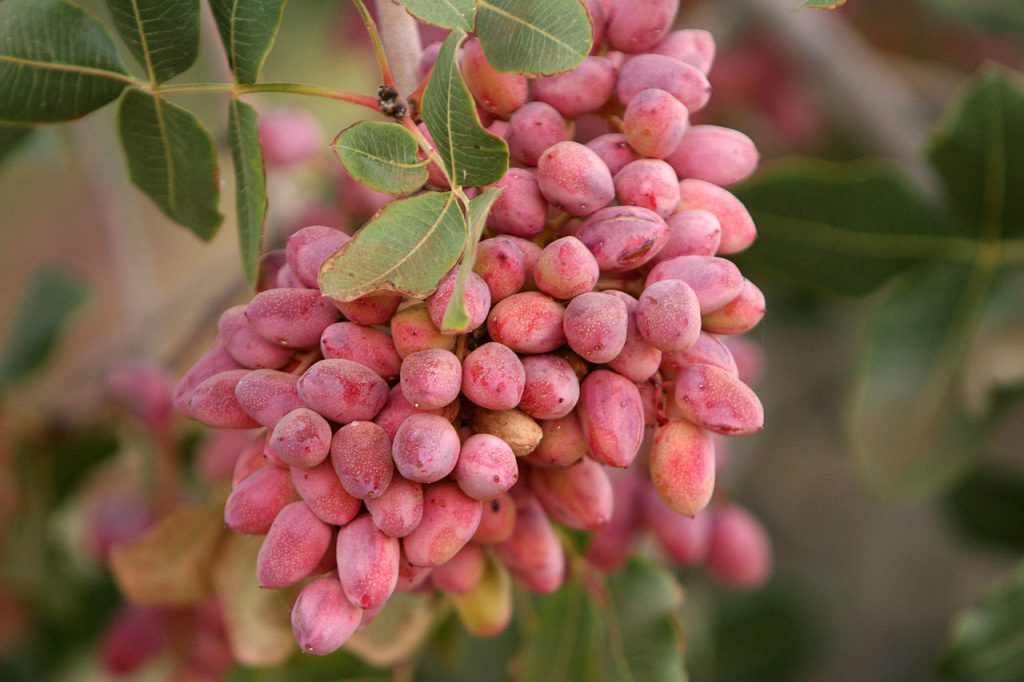
The pistachio tree boasts a lineage that stretches back thousands of years, with its roots firmly planted in the arid landscapes of Iran. This ancient tree is believed to have first flourished in the region, where its nuts were consumed as early as 1000 BC, marking its significance in the culinary traditions of Asia.
The unique climatic conditions of Iran, characterized by hot summers and cold winters, create an ideal environment for these trees to thrive. As a result, Iranian pistachios have garnered a reputation for their superior quality and taste, making them a coveted product in global markets. The diversity of cultivars, including the popular Fandoughi and Akbari varieties, showcases not only the rich agricultural heritage of Iran but also its commitment to sustainable cultivation practices that have evolved over centuries.
In contemporary times, Iran remains a powerhouse in pistachio production, with vast orchards primarily located in Kerman province. The cultivation process reflects a blend of traditional knowledge and modern agricultural techniques aimed at enhancing yield and quality. Each harvest season, which typically begins in September, sees farmers meticulously hand-picking the nuts before subjecting them to careful processing methods that include drying and sorting.
This attention to detail ensures that each pistachio maintains its distinctive flavor and texture. As climate change poses new challenges to agriculture, Iranian farmers are adapting by implementing innovative practices to safeguard their cherished pistachio crops, ensuring that this green treasure continues to flourish for generations to come.
Different Types of Persian Pistachios
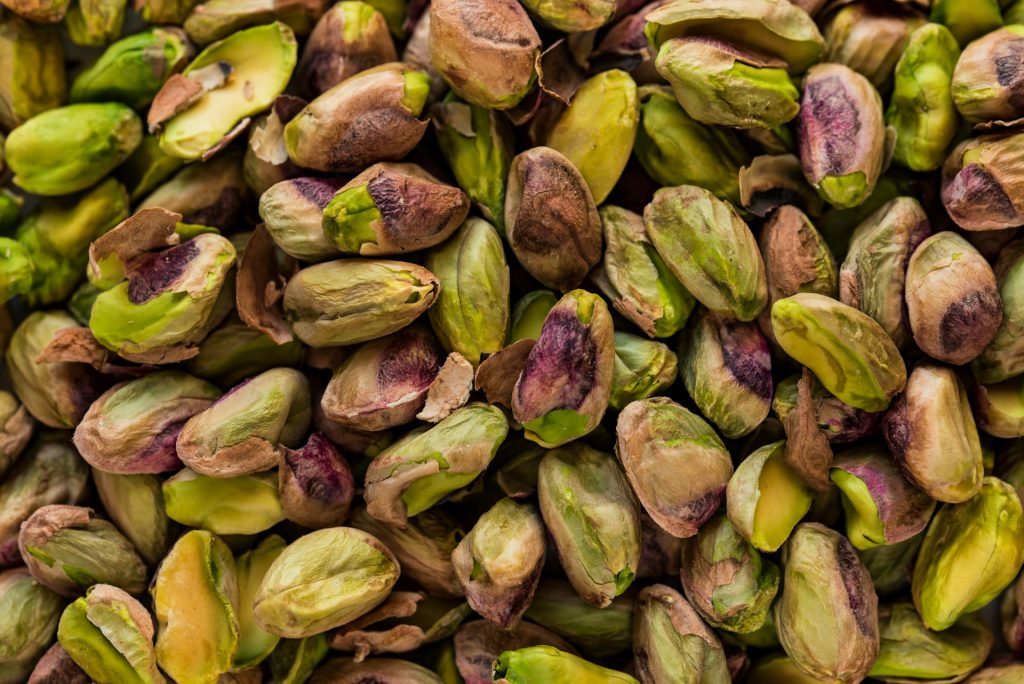
Super Long Pistachio
· Almond-shaped with a unique taste and texture
· Exclusive to Iran and highly valued in East Asia, Europe, and Russia
· Kernel color: purple-brown; shell color: dark cream
· Noted for its significant economic value
Round Pistachio
· Smaller than other varieties, larger than hazelnuts
· Higher count per kilogram, making it cost-effective for export
· Kernel color: purple; shell color: cream
Jumbo Pistachio
· Known for its large size and delicious flavor
· Highly commercial and economical
· Kernel color: red-gray; shell color: bone-white with medium opacity
Long Pistachio
· Larger than the Jumbo variety
· Widely used as a luxury nut, particularly for making pistachio slices
· Kernel color: purple; shell color: very light
Different Flavors of Persian Pistachio
Salt-Flavored Pistachios
· Classic choice that enhances the nut’s natural richness
· Perfect for pairing with drinks or enjoying as a savory snack
Pepper-Flavored Pistachios
· Adds a zesty twist with subtle spiciness
· Great for those looking for an exciting snacking experience
Saffron-Flavored Pistachios
· Infused with luxurious saffron for a unique taste
· Aromatic and sophisticated, popular among gourmet enthusiasts
Vinegar-Flavored Pistachios
· Offers a tangy kick that balances the nut’s sweetness
· Ideal for those who enjoy bold and adventurous flavors
Different Products from Persian Pistachio
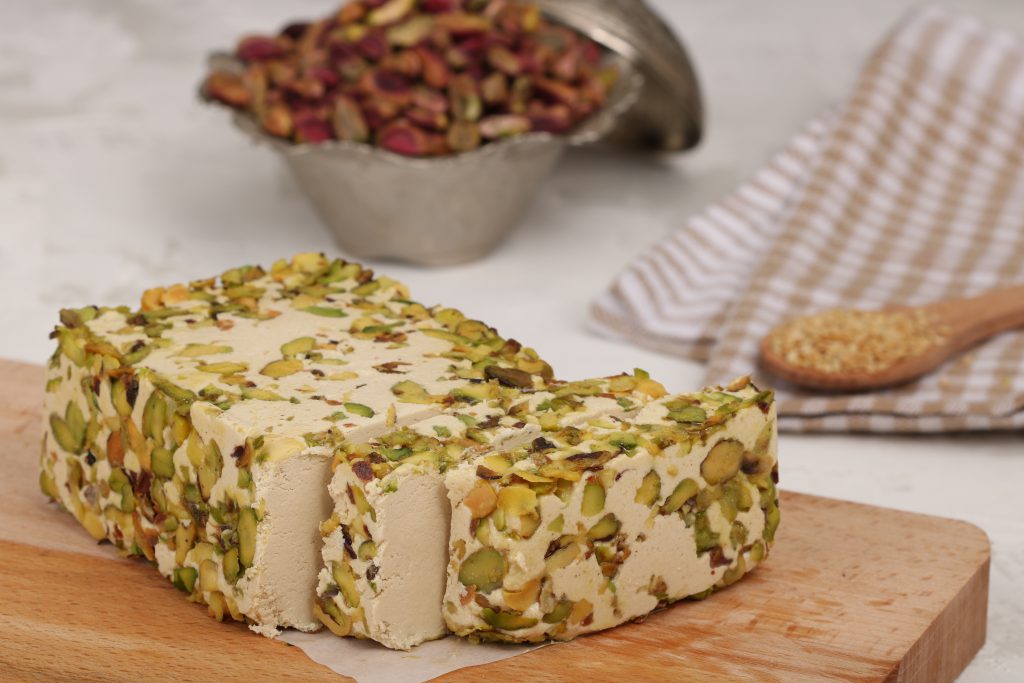
Halva
· A popular Middle Eastern sweet candy
· Not entirely made from pistachios, but they are a key flavor
· Often garnished with crushed pistachios
Gaz
· A chewy Persian dessert mixed with pistachios
· Scented with rosewater, reflecting traditional flavors
· Name derived from the Persian word for the sap used in its creation
Persian Baklava
· Flaky pastry layered with chopped pistachios
· Soaked in a syrup of rose water, cardamom, and nutty brown butter
Benefits of Persian Pistachio
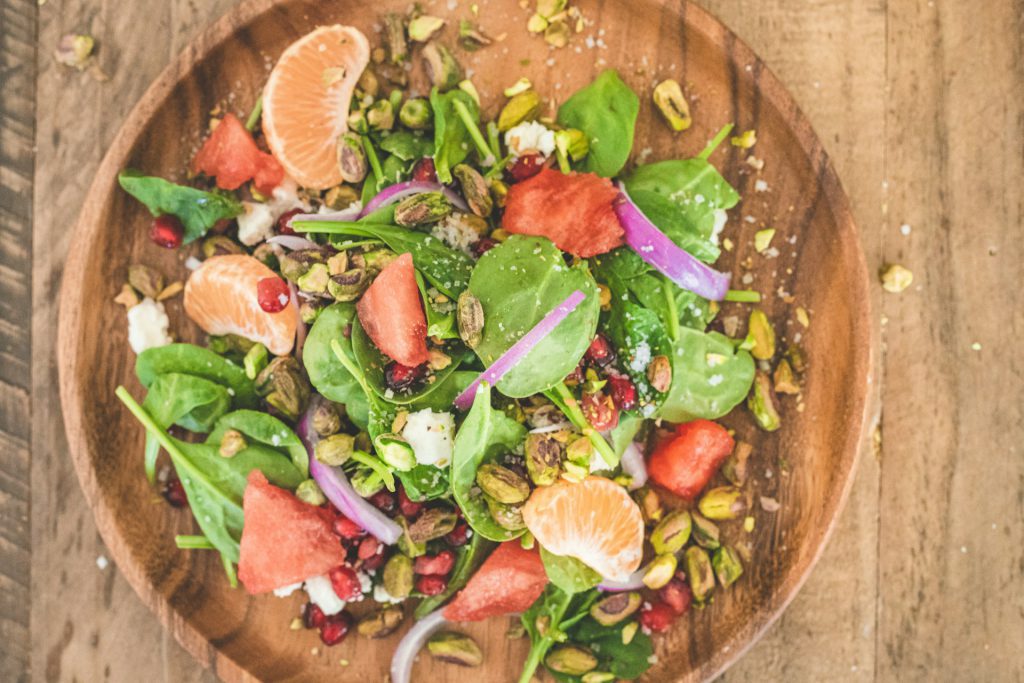
Pistachios, particularly the Persian variety, are a powerhouse for promoting healthy gut bacteria. Their high fiber content acts as a prebiotic, nourishing the beneficial microorganisms in your digestive system. This not only aids in maintaining a balanced gut flora but also enhances overall digestive health. By supporting these good bacteria, Persian pistachios contribute to better nutrient absorption and can even help in managing weight, making them an excellent snack choice for those looking to improve their gut health.
In addition to gut benefits, these delightful nuts play a significant role in cardiovascular wellness. Regular consumption of Persian pistachios has been linked to lower blood pressure and cholesterol levels, promoting healthy blood vessels. They can also help regulate blood sugar levels, making them a smart option for individuals monitoring their glucose. With their rich antioxidant content, Persian pistachios also support eye health, ensuring your vision remains sharp while you enjoy their delicious flavor and numerous health benefits.
Where to Buy Persian Pistachio
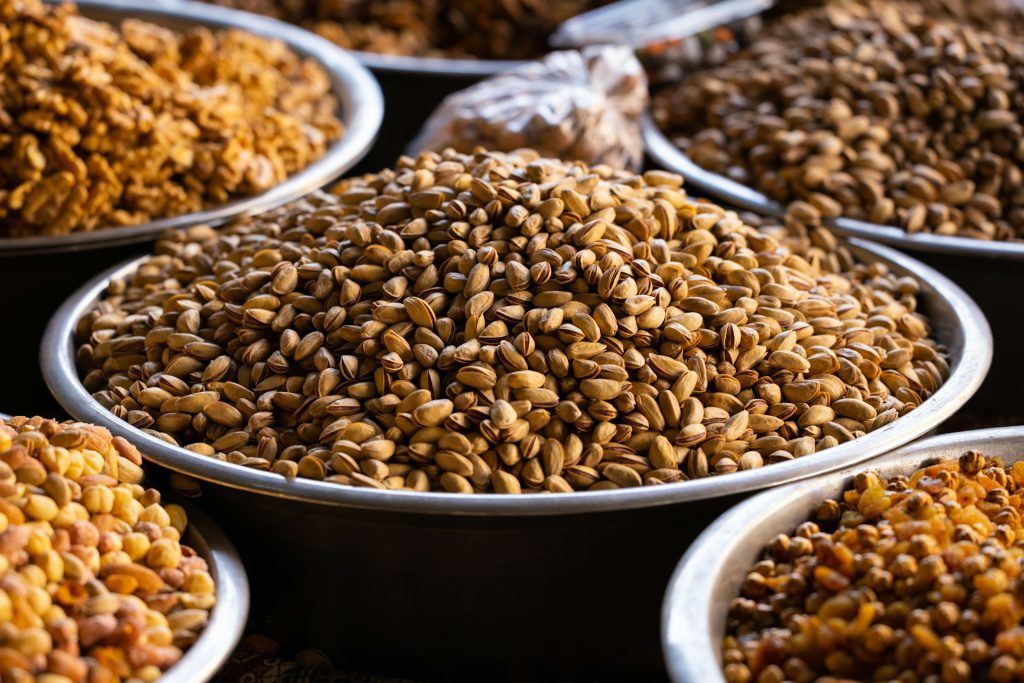
Rafsanjan, nestled in the Kerman province of Iran, stands as a pivotal hub for pistachio cultivation, earning its reputation as the “City of Green and Red Gold.” This vibrant city boasts a rich agricultural heritage, where the unique climate and fertile lands create the perfect conditions for growing high-quality pistachios. The local farmers have perfected their craft over generations, resulting in a product that is not only cherished in Iran but also celebrated globally. Rafsanjan’s pistachios are known for their distinct flavor and superior quality, making them a sought-after delicacy in markets worldwide.
In addition to its agricultural prowess, Rafsanjan is steeped in Iran history and culture. The city has witnessed various transformations throughout its existence, from its ancient roots linked to copper mining to becoming a significant player in Iran’s economy through agriculture and industry. Visitors to Rafsanjan can explore its historical sites, including traditional caravanserais and ancient adobe houses, which reflect the city’s architectural legacy. As you wander through its bustling markets filled with vibrant pistachios and local crafts, it’s clear that Rafsanjan is not just a destination for nut enthusiasts but also a place where history and tradition thrive harmoniously.
FAQs about Persian Pistachio
Q1: Which country has the best pistachios?
A1: Iran is well-known for exporting the finest pistachios, making them quite expensive. The green-peeled pistachio kernel is one of the priciest types. Iranian pistachios are widely regarded as the best in the world.
Q2: Why are Iranian pistachios so good?
A2: The main reason is that Iranian pistachios have a lot of unsaturated fat, which is good for the human body. This is because they are grown in ideal conditions in Iran, where there is a big temperature difference between day and night.
Q3: Do pistachios grow in Iran?
A3: Iran has the best climate for growing pistachio trees. In the provinces of Iran, about 52% of the suitable pistachio orchards (around 175,000 hectares) are found in Kerman, which has hot, dry summers and cool winters.
Q4: What are Persian nuts?
A4: Pistachios, often called the “queen of nuts” in Iran, are very popular in the region. They have a rich, nutty taste and are used in many dishes, including stews and desserts. Walnuts are also a common nut in Persian cooking.
Q5: What is the difference between American pistachios and Persian pistachios?
A5: Pistachios from Iran and other Mediterranean countries are usually harvested by hand and dried outside, which raises the risk of contamination. American pistachios have less fat and fewer calories per ounce compared to Iranian or Turkish ones, but they provide the same amount of fiber and protein.
Last Words: Discover the Best of Persian Pistachio with a Customized Tour
Persian pistachios, grown in Iran, are known for their great taste and high quality. The hot and dry climate helps these trees grow well, producing nuts that are popular worldwide. This unique environment gives the pistachios their bright green color and crunchy texture. Iran is committed to improving how pistachios are grown, from planting to harvesting. This dedication helps ensure high-quality crops, keeping Iran as a top pistachio producer.
If you’re dreaming of indulging in the exquisite taste of Persian pistachios, embarking on a Customized tour is the way to go. For a seamless experience, look no further than To Iran Tour, which specializes in creating unforgettable Iran tours and travel packages. Their expert team is dedicated to designing a travel plan that caters to your interests, ensuring that every moment of your trip is memorable.
Whether you’re a food lover or a culture enthusiast, we’re here to help you have a fantastic experience in Iran, making your journey into the world of Persian pistachios truly special. Discover the beauty of Iran Tours with us and taste the magic of these remarkable nuts firsthand!

